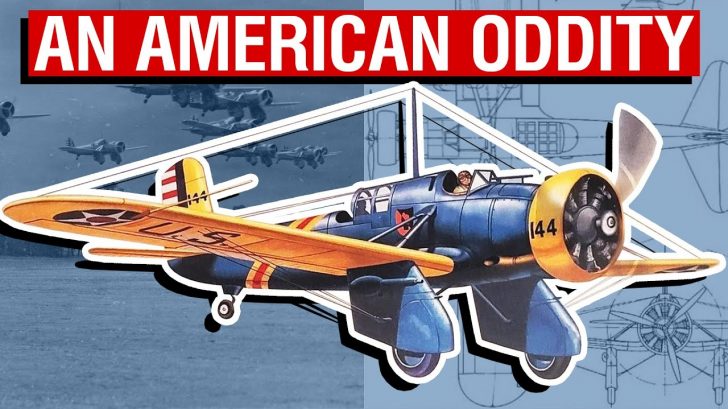Once considered an innovative aircraft quickly turned into an obsolete plane in just half a decade. The A-12 Shrike peaked way too early and was already considered a liability before the start of the Second World War.
Structurally Innovative – (X)A-8
Model 59, as it was called, was the first Curtiss with an all-metal low-wing monoplane configuration.
The fuselage was constructed in two main parts. Its rear was built as a monocoque with duraluminium skin, stringers, and bulkheads, while the forward section was built from welded steel tubing with two heavy struts on each side for support. The Shrike’s engine mount had a separate unit that made it easier to maintain and was also made from steel tubing.
A-8s created quite a sensation when it entered service in 1932 as standard aircraft at that time were of biplane configuration.
Engine Improvement – YA-10
The YA-10 model had a new number designation because of its new powerplant. The Pratt & Whitney Hornet air-cooled radial engine came in to replace the Curtiss Conqueror’s liquid-cooled engine in 1932. Hornets were rated at 625 hp, allowing the YA-10 to reach 175 mph. Low-level maneuverability was also improved due to the lower mass of the short radial engine.
Many aviation experts believed that a radial engine would be more reliable in a ground attack role in terms of cooling and its ability to absorb battle damage.
Reaching Its Peak – A-12
Curtiss A-12 Shrikes were the second monoplane ground-attack aircraft in US history. Its design was developed from the XA-8 and the YA-10’s advancements. The aircraft was basically a mix of the two designs – a monoplane ground attack aircraft fitted with an air-cooled radial engine.
Aside from engine upgrades, the pilot’s sliding canopy was changed into a simple windshield instead. This came after the pilots found the existing sliding canopy unreliable and reduced visibility.
The first A-12s were delivered in late 1933 and enjoyed a varied but peaceful service life.
Air Mail Crisis
The government shut down commercial flying of airmail following the proven allegations of corruption with the allocation of service contracts. The Army Air Corps was suddenly handed the entire responsibility of distributing mail and the A-12s found themselves being used as postal aircraft.
Their rear cockpits were modified to carry more mail, though some had lockable covers to protect the items, while other canopies had a completely metal paneling.
Unfortunately, this also coincided with very poor weather. A lot of A-12s suffered airframe damages, with at least one being written off due to extensive damage.
Exported to China
At least 20 export versions of the A-12 were sold to China in 1936. These new A-12s had no other major significant changes except its more powerful Wright SR-1820F-52 air-cooled engine which produced 775 hp and offered a better top speed of 182 mph.
It initially saw success after downing four Japanese dive bombers at the start of the Sino-Japanese War in 1937. However, they would soon fade into obscurity as the Shrikes were simply outclassed at the start of WWII.
For comparison, the Mitsubishi A5M was already 100 mph faster than the A-12 Shrike.



